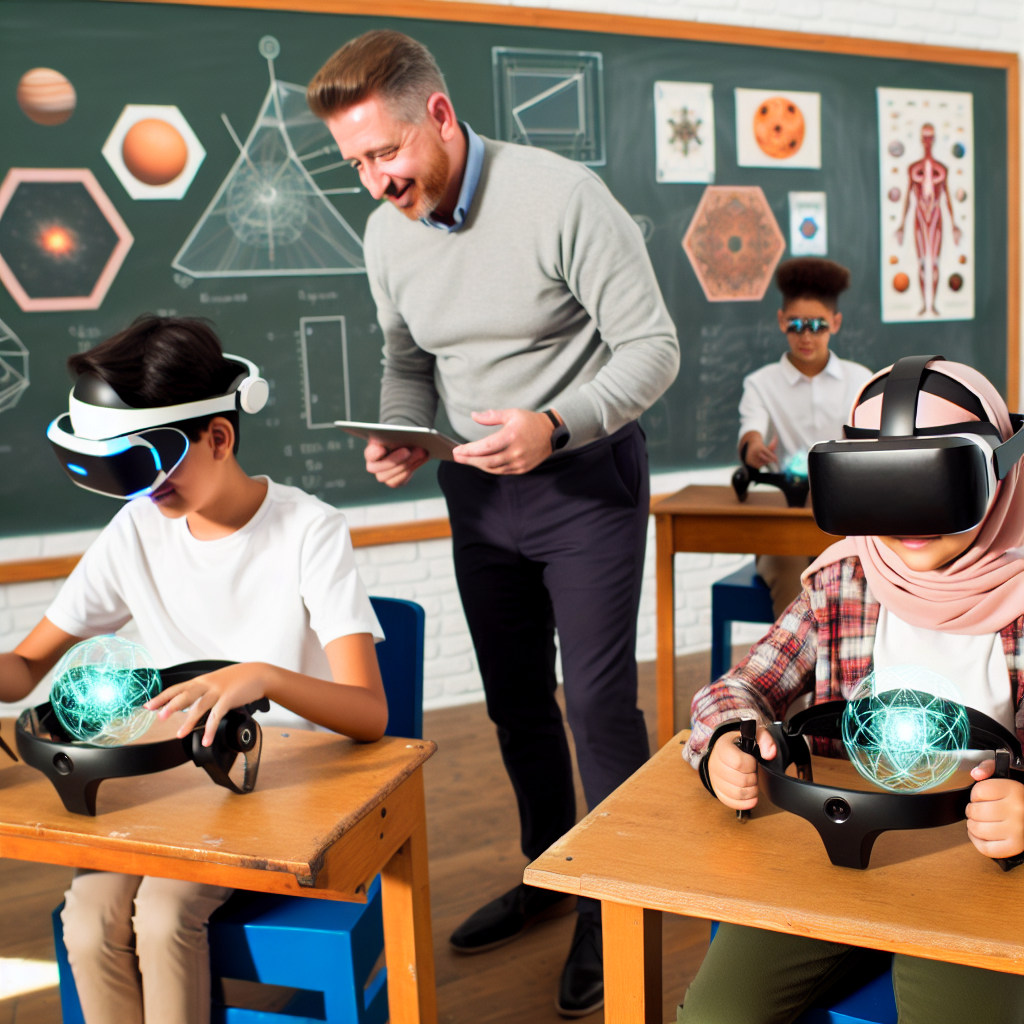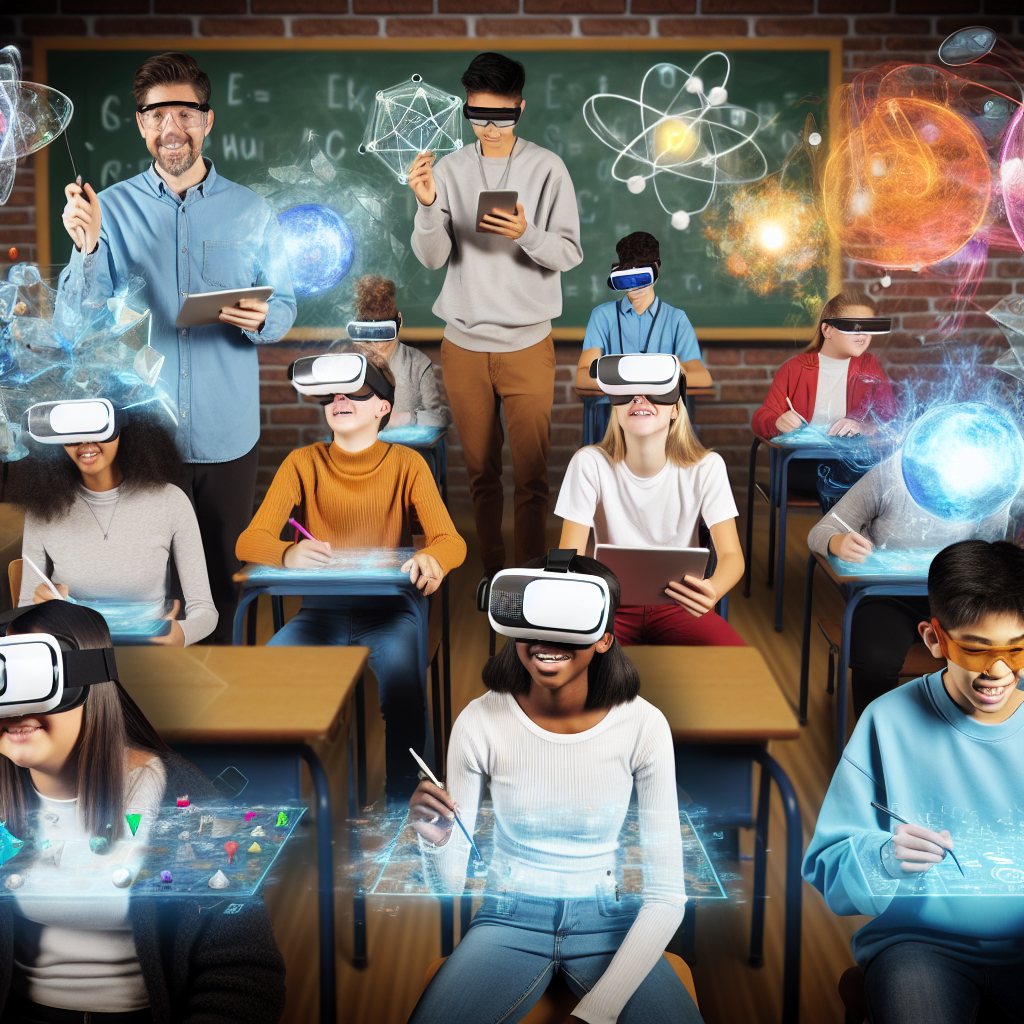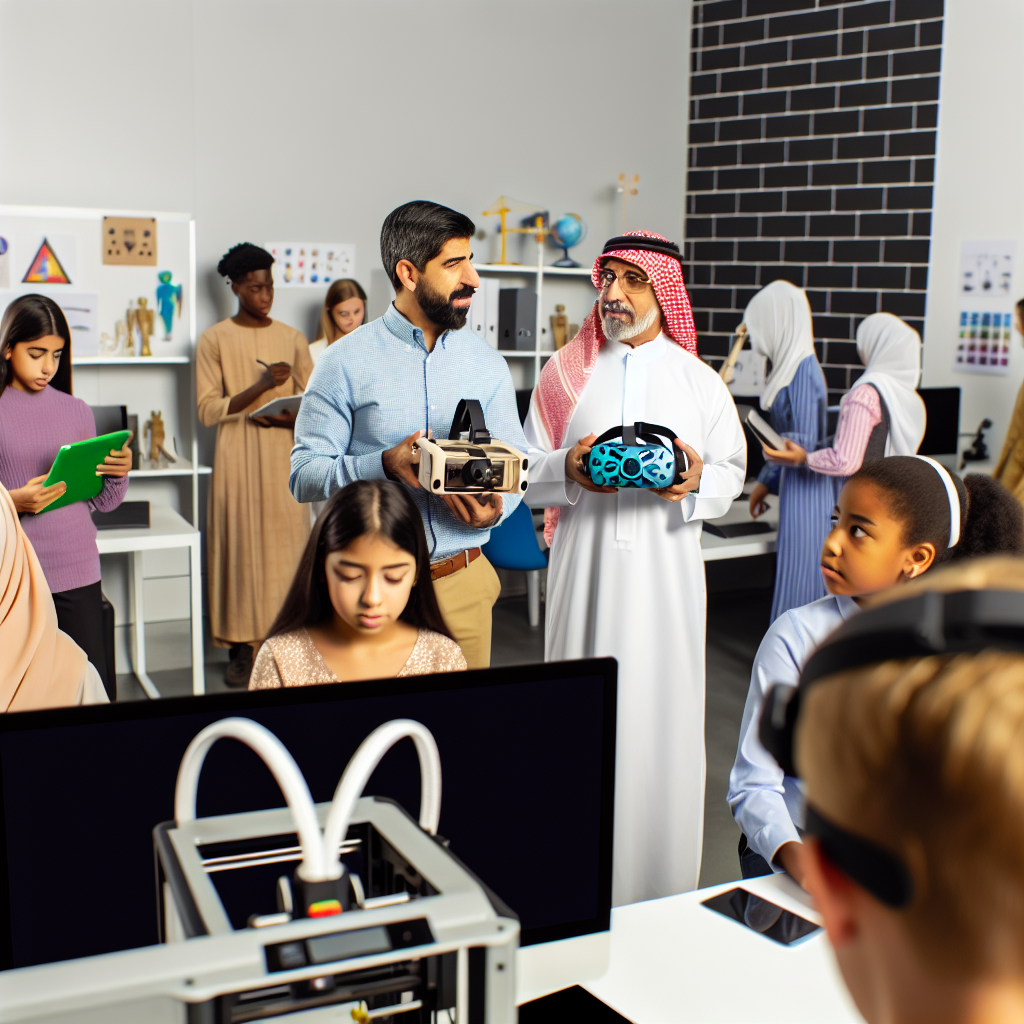The rise of EdTech and e-learning platforms has transformed traditional classrooms, offering a more interactive and engaging learning experience for students. Online learning, which is flexible and accessible, has become increasingly popular, especially during the COVID-19 pandemic. EdTech platforms enhance student engagement through gamification elements and multimedia resources, leading to better retention of information and improved academic performance. The future of digital classrooms looks promising as EdTech continues to evolve, providing innovative solutions for education and preparing students for success in the digital age.
In recent years, technology has revolutionized the way we learn and teach, with e-learning platforms and digital classrooms becoming increasingly prevalent in education. This shift towards EdTech has not only transformed traditional classrooms but has also enhanced student engagement and revolutionized online learning. As we look towards the future of education, the potential of e-learning in modern classrooms is vast, offering opportunities for personalized learning and improved outcomes. In this article, we will explore the rise of EdTech, the impact of digital classrooms on student engagement, and strategies for implementing e-learning platforms effectively in education. Join us as we delve into the world of e-learning and the future of digital classrooms.
- 1. The Rise of EdTech: Transforming Traditional Classrooms with E-learning Platforms
- 2. Enhancing Student Engagement: How Digital Classrooms are Revolutionizing Online Learning
- 3. The Future of Education: Exploring the Potential of E-learning in Modern Classrooms
- 4. Maximizing the Benefits of EdTech: Strategies for Implementing Digital Platforms in Education
1. The Rise of EdTech: Transforming Traditional Classrooms with E-learning Platforms

The rise of EdTech has transformed traditional classrooms by introducing e-learning platforms that offer a more interactive and engaging learning experience for students. These digital classrooms provide a variety of tools and resources that cater to different learning styles, making it easier for students to grasp complex concepts and engage with the material.
Online learning has become increasingly popular due to its flexibility and accessibility, allowing students to learn at their own pace and from any location. This has been especially beneficial during the COVID-19 pandemic, where many schools shifted to remote learning to ensure the safety of students and teachers.
EdTech platforms also enhance student engagement by incorporating gamification elements, interactive quizzes, and multimedia resources that keep students motivated and interested in the material. This increased engagement leads to better retention of information and improved academic performance.
Overall, the future of digital classrooms looks promising as EdTech continues to evolve and provide innovative solutions for education. With the integration of e-learning platforms, students can have a more personalized and effective learning experience that prepares them for success in the digital age.
2. Enhancing Student Engagement: How Digital Classrooms are Revolutionizing Online Learning

Digital classrooms are revolutionizing online learning by enhancing student engagement in ways that traditional classrooms cannot. With the integration of interactive features, multimedia content, and real-time collaboration tools, e-learning platforms are able to create a more dynamic and immersive learning experience for students.
EdTech companies are constantly developing new technologies and tools to help educators engage students in online learning environments. These tools include gamification elements, virtual reality simulations, and personalized learning algorithms that cater to individual student needs and preferences. By providing a more engaging and interactive learning experience, digital classrooms are able to keep students motivated and focused on their studies.
Additionally, digital classrooms allow for greater flexibility and convenience in learning. Students can access course materials, participate in discussions, and submit assignments from anywhere with an internet connection. This flexibility not only accommodates different learning styles and schedules, but also encourages students to take ownership of their education and become more proactive in their learning process.
Overall, the future of online learning looks promising with the continued development of e-learning platforms and digital classrooms. By prioritizing student engagement and creating more interactive and personalized learning experiences, these technologies are shaping the way students learn and acquire knowledge in the digital age.
3. The Future of Education: Exploring the Potential of E-learning in Modern Classrooms

With the rapid advancements in technology, the future of education is being reshaped by e-learning platforms and digital classrooms. EdTech, or educational technology, has revolutionized the way students learn and interact with course materials. Online learning has made education more accessible and convenient for students of all ages and backgrounds.
One of the key advantages of e-learning is the ability to cater to different learning styles and paces. Students can access course materials at their own convenience, allowing for a more personalized and flexible learning experience. This can lead to increased student engagement and motivation, as students are able to learn in a way that best suits their needs.
Digital classrooms also have the potential to enhance collaboration and communication among students and teachers. Online platforms often include features such as discussion boards, video conferencing, and interactive simulations that facilitate interaction and knowledge sharing. This can create a more dynamic and interactive learning environment that encourages active participation and critical thinking.
In the future, we can expect to see even more innovative uses of e-learning in modern classrooms. Virtual reality and augmented reality technologies are already being integrated into educational settings, providing immersive learning experiences that engage students in new and exciting ways. As technology continues to evolve, the possibilities for e-learning in education are endless, promising a bright future for digital classrooms and online learning.
4. Maximizing the Benefits of EdTech: Strategies for Implementing Digital Platforms in Education

In order to maximize the benefits of EdTech and implement digital platforms effectively in education, it is essential for educators to adopt strategic approaches. One key strategy is to ensure that the e-learning platforms chosen are user-friendly and accessible to both teachers and students. This includes providing training and support to educators to help them effectively integrate technology into their teaching practices.
Another important strategy is to focus on student engagement. By incorporating interactive elements such as quizzes, games, and virtual simulations, educators can keep students actively involved in the learning process. This not only enhances student motivation and interest, but also helps to improve retention and understanding of the material.
Furthermore, educators should regularly assess the effectiveness of digital platforms in enhancing student learning outcomes. By analyzing data and feedback from both students and teachers, adjustments can be made to optimize the use of technology in the classroom.
Overall, by implementing these strategies and prioritizing student engagement, educators can harness the full potential of e-learning platforms and shape the future of digital classrooms in education.
In conclusion, the integration of e-learning platforms and digital classrooms in education has brought about a significant transformation in the way students learn and engage with course material. EdTech has revolutionized traditional classrooms by providing innovative ways for educators to enhance student engagement and foster a more interactive learning environment. As we look towards the future of education, it is clear that e-learning will continue to play a crucial role in modern classrooms, offering endless possibilities for personalized learning experiences and increased student success. By implementing effective strategies for maximizing the benefits of EdTech, schools can ensure that online learning remains an integral part of the educational landscape, shaping the way we teach and learn for years to come.





